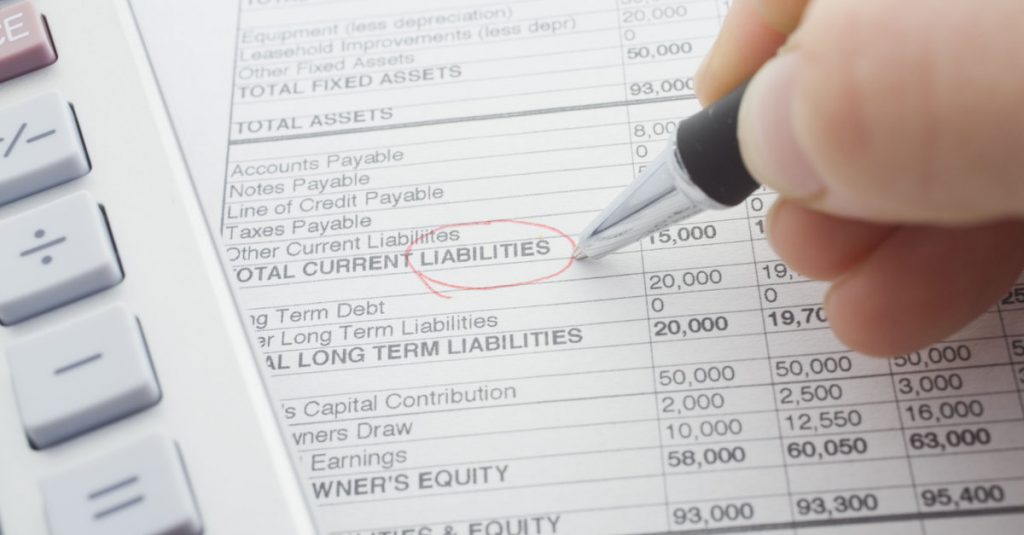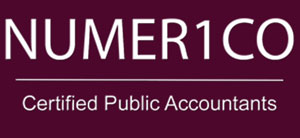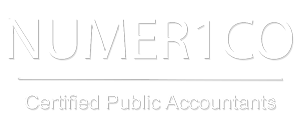What Is A Balance Sheet?

A balance sheet highlights a company’s total assets, liabilities, and stakeholder equity for a specific timeframe; it shows if the company’s assets are debt or equity financed.
Business owners, stakeholders, and other parties interested in a business use the balance sheet to gauge the worth of an enterprise.
Knowing how to prepare, read, and understand this document is important for any small business. At Numerico, we understand the difficulties with preparing and digesting such critical business documents, but our team is here to help with the whole process.
How to Read a Balance Sheet
A balance sheet features two sections. The left side of the document enumerates a company’s assets, while the right side outlines the liabilities and shareholders’ equity.
The asset and liabilities break up into two subcategories:
- Current asset/liabilities
- Non-current (or long-term) assets/liabilities
Liquid accounts (Trades Payables, Cash, and Inventory) feature in the section before non-current (illiquid) accounts (Long-Term Debt, Plant, Property, and Equipment).
Understanding what each account stands for is key to effectively reading a balance sheet. Different organizations will have slight variations in how they present the breakdown. However, the goal is always the same: to figure out if the business is thriving or struggling.
What Goes into a Balance Sheet?
Some of the line items you should expect to find include:
Current Assets:
- Cash and Equivalents – It is usually the first line item on most sheets.
- Accounts Receivable – This account covers the total sum of all unreceived sales revenue.
- Inventory – This line item covers finished goods, raw materials, etc.
Non-Current Assets:
- Property, Plant, and Equipment – PP&E encapsulates a company’s tangible fixed assets.
- Intangible Assets – These include identifiable intangibles such as secret recipes, licenses, and patents and unidentifiable intangibles such as goodwill.
Current Liabilities:
- Accounts Payable – These are amounts owed to suppliers.
- Notes Payable/Current Debt – These are obligations due within an operating cycle.
Non-Current Liabilities:
- Bonds Payable – This is the amortized sum of all company-issued bonds.
- Long-Term Debt – This is the total amount of long-term debt.
Shareholders’ Equity:
- Share Capital – This is the total value of shareholder funds invested in the company.
- Retained Earnings – This is the total amount of profits a company elects to keep.
Why You Should Care About Your Company’s Balance Sheet
Since the balance sheet lists all your assets and liabilities, it will show your brand’s sustainability at a glance. Your business has a positive net worth if you have more assets than liabilities. Conversely, a business with liabilities exceeding the cash balance will need an injection of capital from investors and lenders.
It will also reveal when you have an unsustainable level of debt and your brand’s creditworthiness. Tax planning is also easier with a healthy balance sheet.
Perhaps the most important thing to learn in this conversation around the question “what is a balance sheet?” is that the financial document helps you identify teething problems. Many small businesses fail due to preventable cash flow problems.
Uses and Limitations of The Balance Sheet
The uses of a balance sheet come down to who is reviewing it. An employee, key stakeholder, or business leader uses it to determine if a business is failing or succeeding. The summations from the review can inform a shift in policies and business approaches.
On the other hand, a balance sheet review by an investor will show the resources available to a business and its mode of financing. Investors can use the information to determine if a company is good for a specified investment portfolio.
However, it does have some limitations. The document always relies on past data. It can only show business growth (or lack thereof) between the present and the past. It doesn’t guarantee future performance or continued positive results.
Certified Public Accountant Serving Ann Arbor, Detroit, & Livonia | Numerico
Maintaining a fully updated balance sheet can help drive better management decisions, improve operational efficiency, and increase your business’s creditworthiness.
However, handling your business accounting tasks isn’t the best use of your time as a business owner. At Numerico, our experienced professionals can take over the burden of preparing and interpreting your balance sheet and other accounting needs.
Contact us today at (313) 278-8030 to take advantage of our accounting and bookkeeping services for small businesses.



